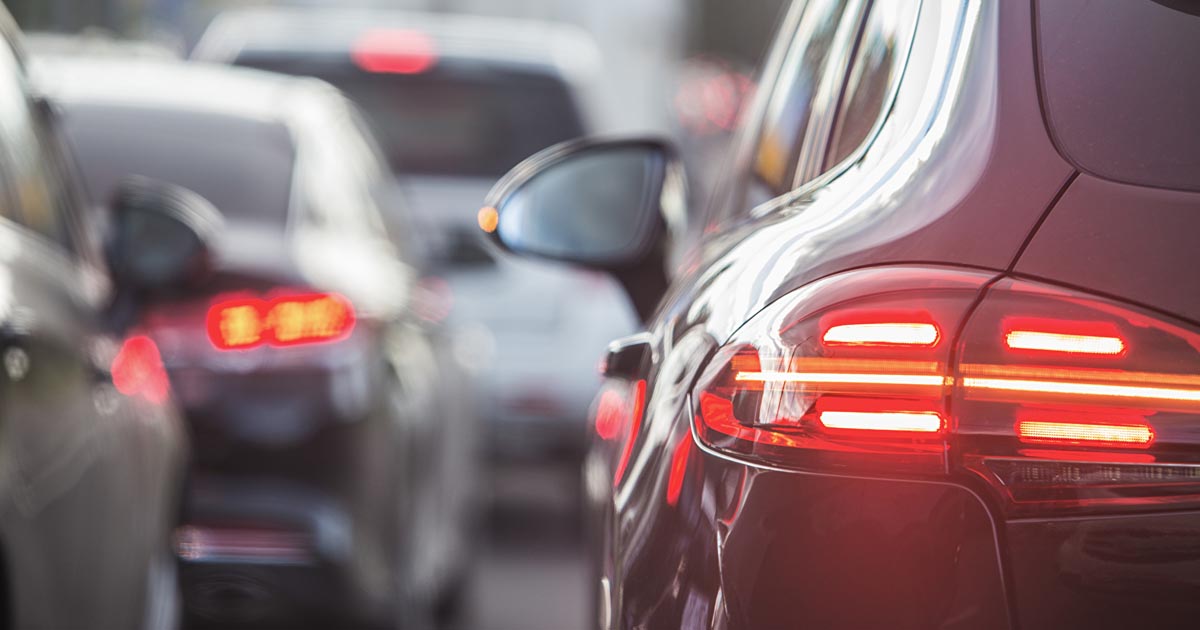According to the EU, congested roads cause economic damage of 100 billion euros per year in the member states. But as two research projects now show, the use of artificial intelligence (AI) could make road traffic significantly less congested - for both cars and pedestrians.

How could the current traffic light system with its rigid set of rules and induction loops embedded in the asphalt be further developed? What positive effects for
would the use of AI, or more precisely deep reinforcement learning algorithms, bring? And how much could pedestrians - especially the elderly and people with disabilities - benefit from correspondingly shorter waiting times and optimised crossing times?
The trade magazine "industr.com" took a detailed look at two innovative research projects:
You can find the complete article here (in German only):
https://www.industr.com/de/weniger-verkehrsstau-durch-kuenstliche-intelligenz-2638095
Most popular